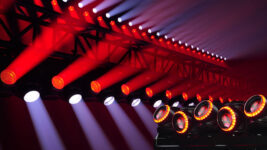THEATRE
6 Oct 2025
Converting with The Book of Mormon
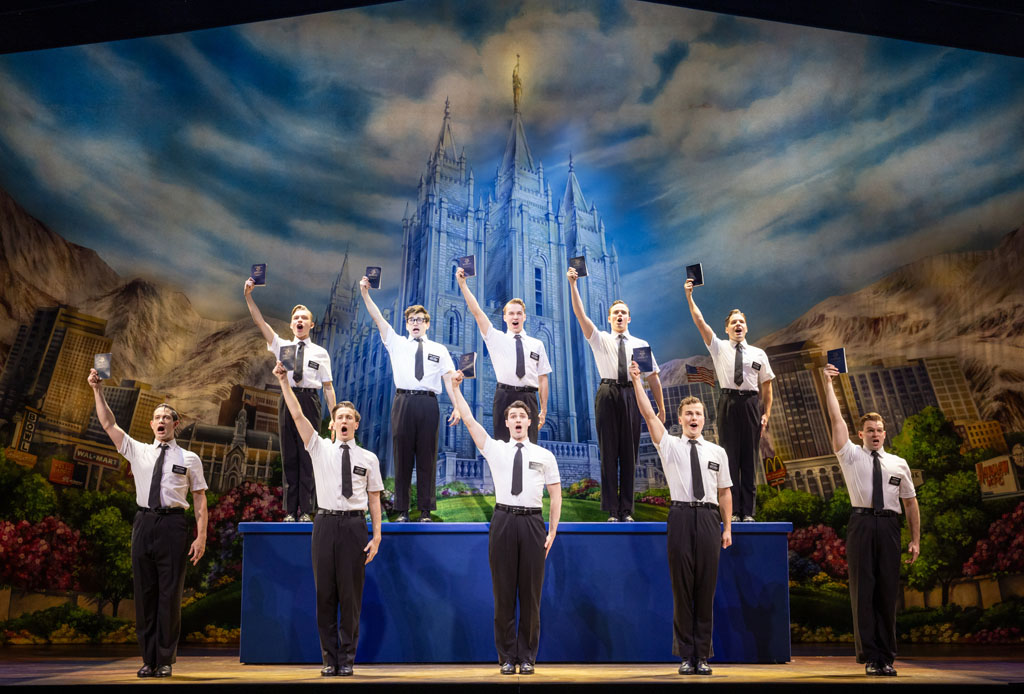
Subscribe to CX E-News
The Irreverent Musical gets a New PA for the 2025-26 Australian Tour
Hello! The Mormons are back in Australia, joyfully proselytizing their way around the country. Starting in Sydney’s Capitol Theatre back in July, the production is about to wrap up in the harbour city before heading south to Melbourne and then north to Brisbane.
The international musical comedy hit from the infamous creators of South Park, Trey Parker and Matt Stone, is now a surprising 16 years old, with original sound design for the first Broadway run by Brian Ronan. Australian Sound Design Associate for the current tour, David Greasley of System Sound, worked on the first Australian production in Melbourne back in 2017 and is once again tasked with getting the show up in Sydney and then transferred to every city. With a view to making the tour consistent, transferable, and fit-for-purpose, he decided it was time to revisit the choice of FoH PA, and started the conversation with Brian Ronan.
As an Associate Sound Designer, responsible for representing the designer on the ground in their absence, it’s a matter of trust. “From the initial conversations we had when the show came up again, we started discussing an alternative,” says David. “We agreed it needed to be modernised. It’s been running for 16 years, and that’s a long, long time in PA technology years. The new UK tour is happening at the moment, and that’s been updated, so it was time to do it here as well.”
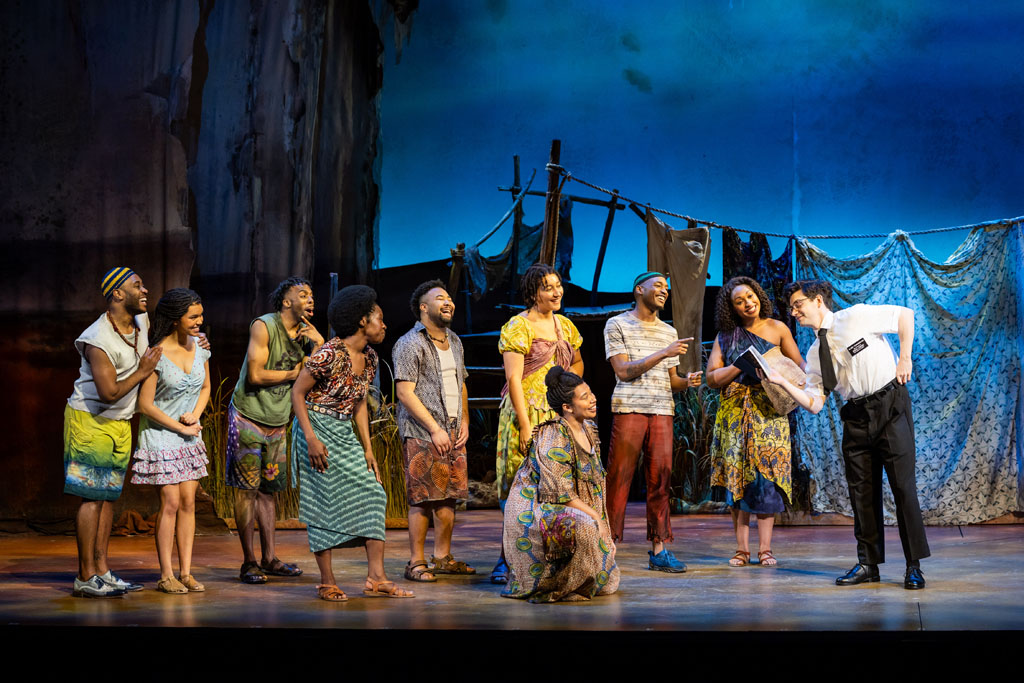
“I’ve been using Meyer Sound for a lot of big shows lately, and I really like the product,” continues David Greasley. “So, I just asked Brian the question: would you consider using a Meyer Sound PA for Mormon? I did the same thing for Groundhog Day: The Musical when it came to Australia, with sound designer Simon Baker. You’ve got to do a little bit of convincing, and it’s been very generous on both their parts to agree to these changes. Brian is a real professional, and he knows his craft. You can’t bluff Brian, because he knows what’s going on, but he’s also very open to what you have to say.”
The main left-right PA is divided into two systems; one for the stalls, one for the circle. “That’s a real Brian Ronan hallmark,” adds David. The main PA hangs 14 Meyer Sound LEOPARD line array cabinets per side. 12 Meyer Sound LINA line array cabinets are used for the downfill, with another 10 in two delay arrays. A truss of eight Meyer Sound UPJ-1Ps is rigged for the back of the hall. Additional coverage includes 10 Meyer Sound UPJunior (six stage foldback, two sidefill, two utility), 12 Meyer Sound UPM-1P (six offstage, four fills, two utility), and four Meyer Sound UPA-1P for rear FX. Subs are two Meyer Sound 700-HP, four 900-LFC low-frequency control elements, and two 750-LFC low-frequency control elements, rigged alongside the delay LINA arrays. The whole system is processed through five Meyer Sound Galileo GALAXY processors.
The delay and fill system supplements the Meyer Sound inventory with a mix of other loudspeakers: 11 d&b audiotechnik E8, 15 d&b audiotechnik E6, nine d&b audiotechnik E0, three d&b audiotechnik E4, and 12 EAW JF80.
Having installed big Meyer Sound systems into The Capitol before, most notably for Moulin Rouge: The Musical, David knew that the system would go in easily, and deliver. “I’ve been using Meyer Sound for a long time, so I know what to expect,” elaborates David. “That’s what I like about Meyer Sound; you don’t get any surprises. I put that down to the amplifiers being so close to the loudspeaker – the response is just so fast. I’ve done other shows where we had to use speaker systems with external amplifiers. Depending on your cable length, you get dampening and you lose your HF. Being musical theatre, when they say it’s meant to be 4mm wire with the amplifiers behind the speakers, often it’ll turn out to be 2.5mm wire with amplifiers in the basement, and one side of the PA is on 50 metres of cable, and the other side’s on 20 metres. Straight away, you’re breaking the rules. Sometimes you can’t put the amplifiers behind the PA, so we try our best. With delays using in-house cabling, that could be 1.5mm cable over 50 metres with three or four cabinets in parallel. That’s why I like Meyer Sound – no matter what room you put it in, it just sounds like itself.”
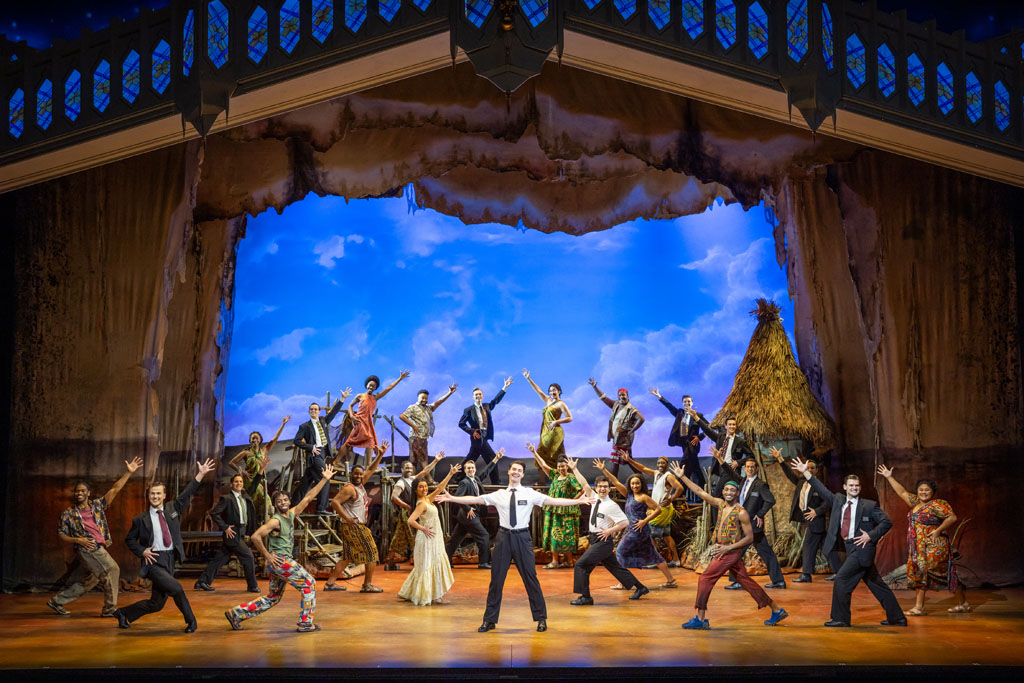
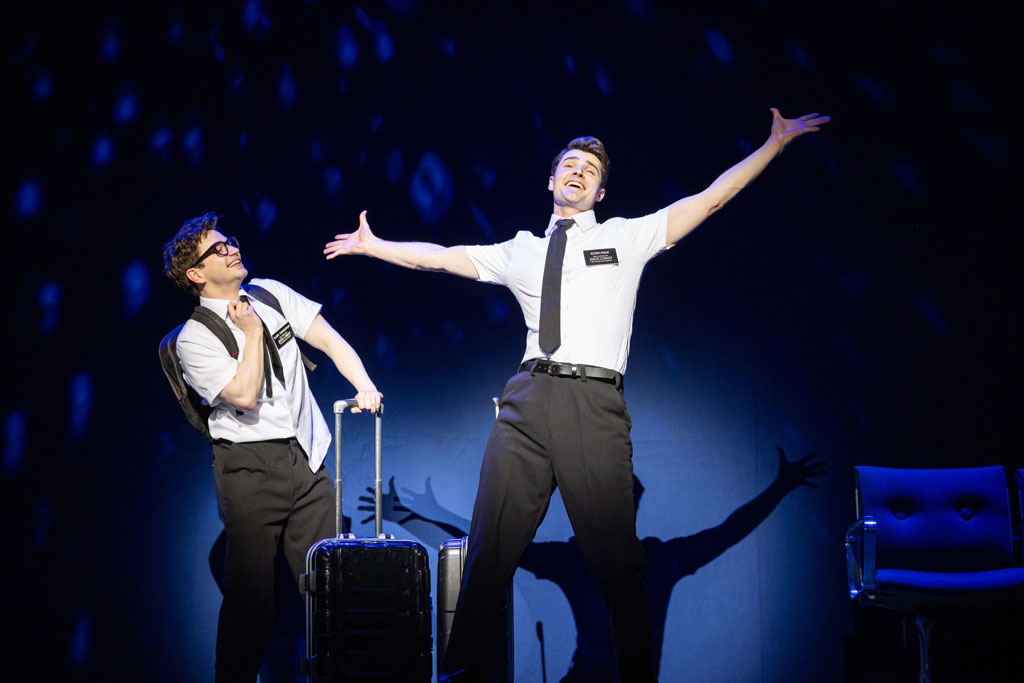
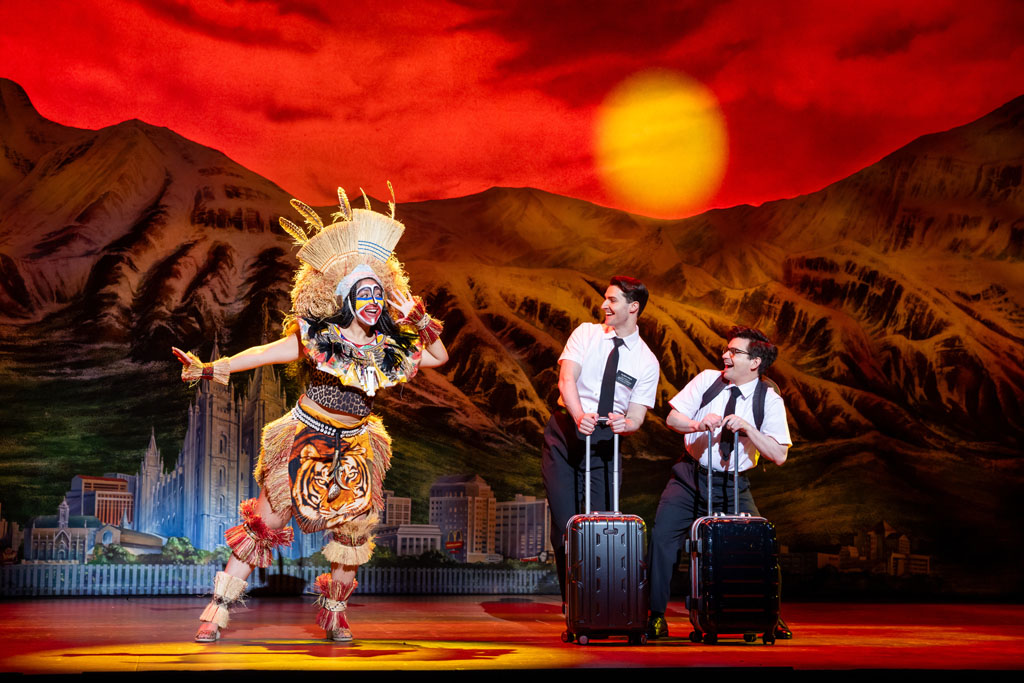
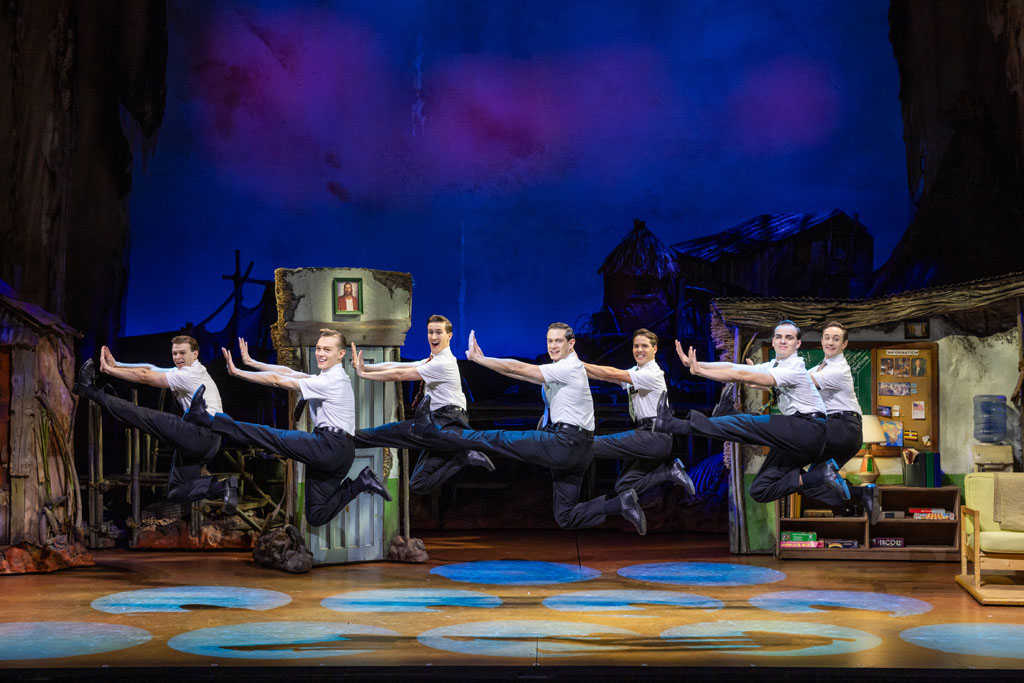
The same goes for the show’s bottom end. “It’s the most musical sub-bass, again, because the response is so fast,” David emphasises. “When you open up a Meyer Sound loudspeaker to look at the amp module, you think ‘surely they could have given us another two centimetres of cable?’ It is the shortest cable in the world between the amp and the speaker. On Mormon, we’ve got enough sub to fill the band out, but it’s not a huge amount. Equally, the show is about keeping the story moving, so the songs don’t really sit around long enough to get into a big bass groove. I think we’ve done a good job in Sydney; it feels really warm.”
Having seen the show, it’s refreshing how little the sound design and mix rely on anything but the very old-school premise of making the vocals dominant and highly intelligible, and keeping the nine-piece band in an important but supporting role. This approach is essential He wants the speaker system to do its job and fill the room. He’s more interested in what the sound operator is doing.”
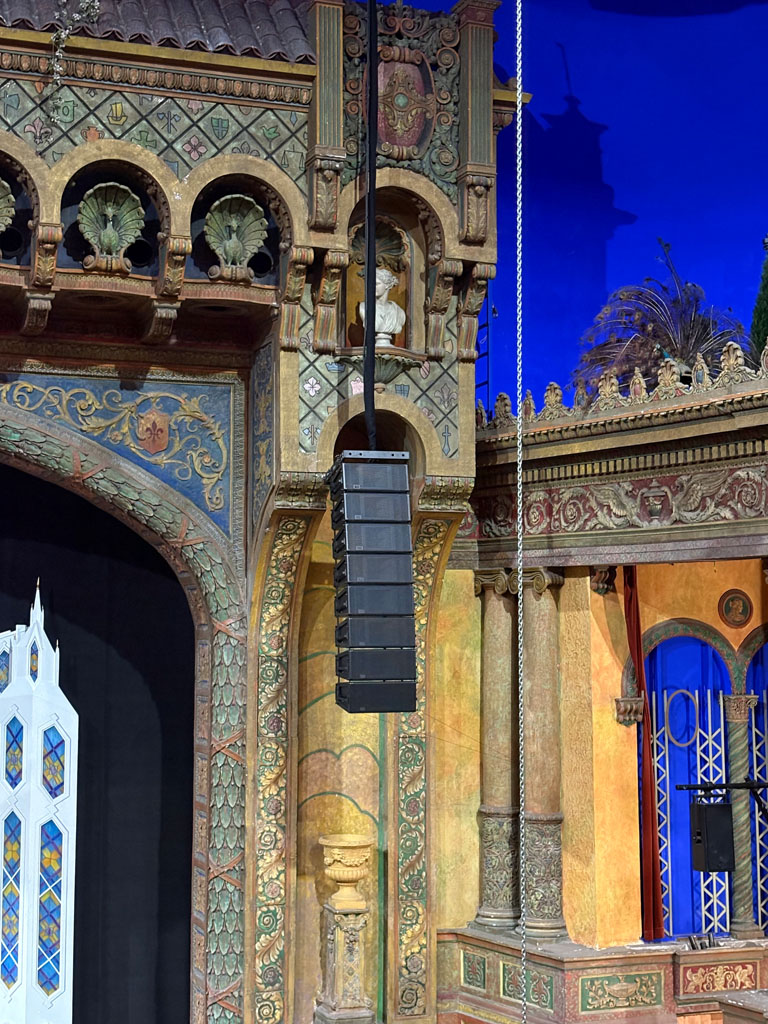
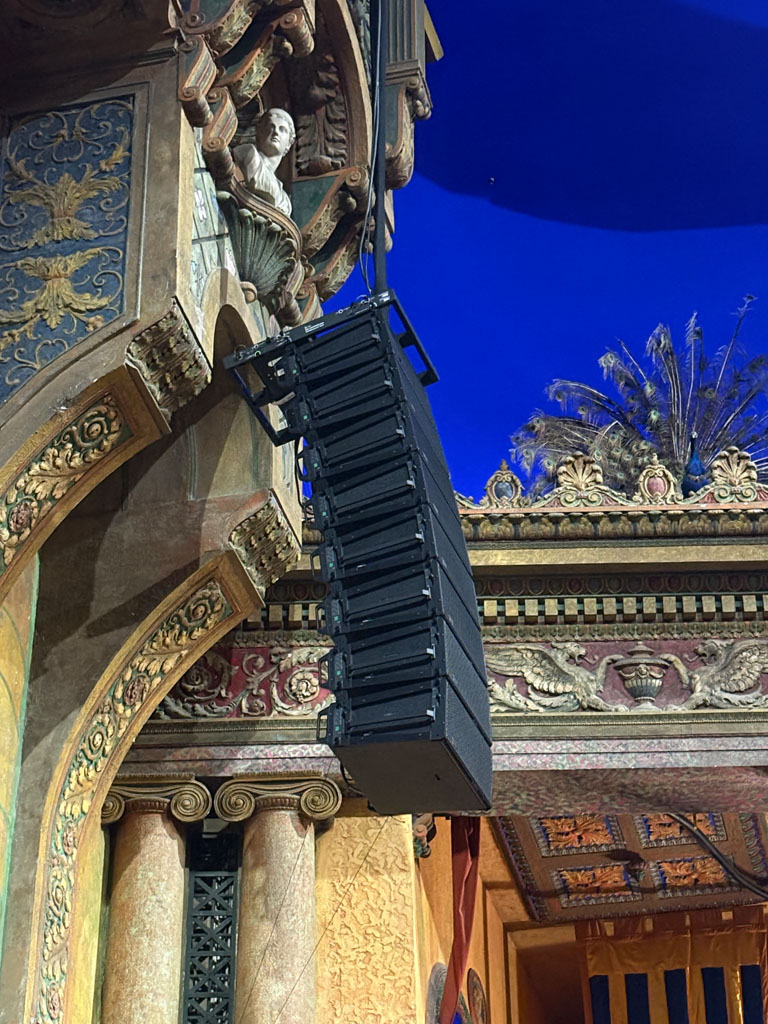
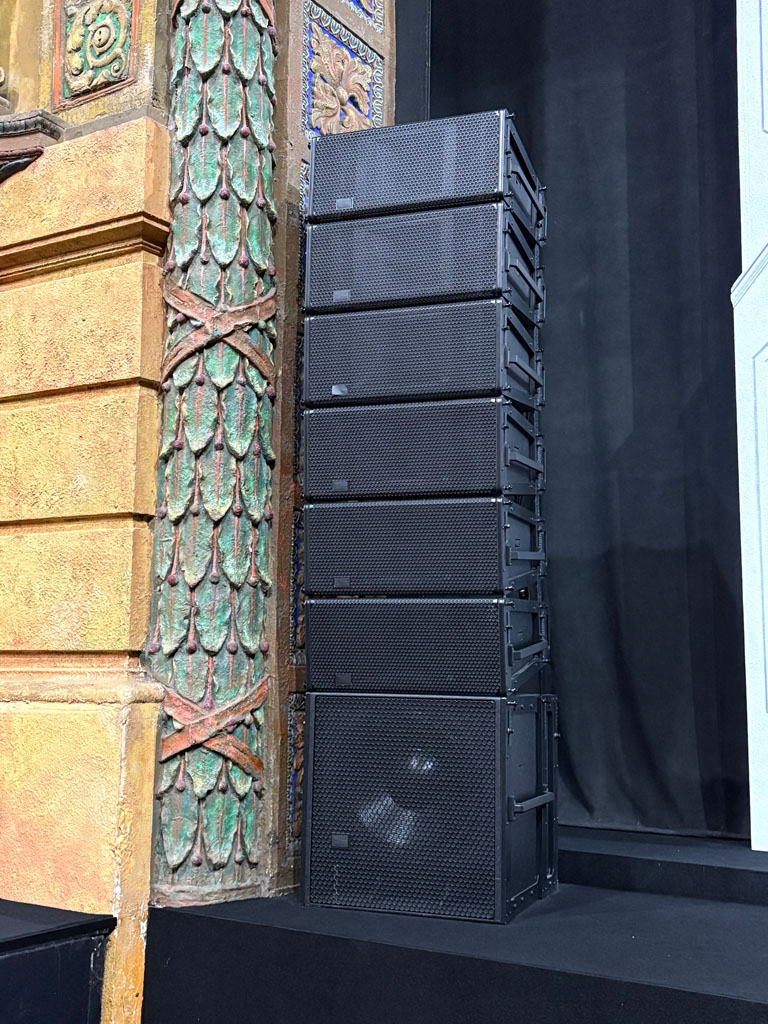
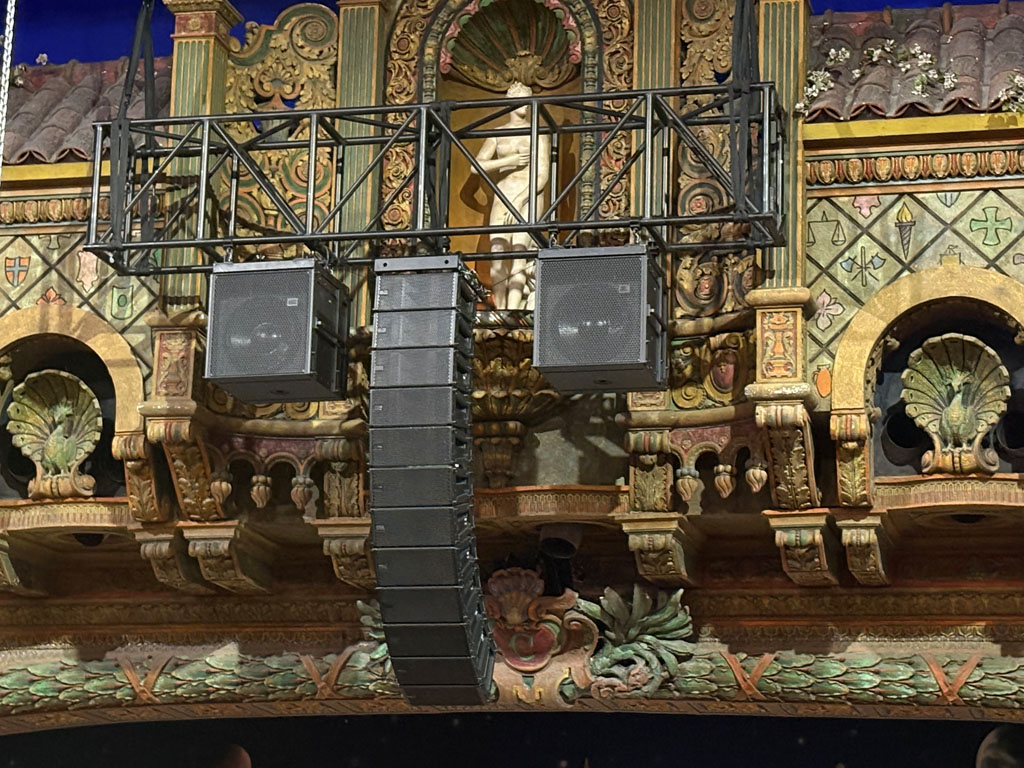
This makes for a highly engaged, difficult, but rewarding job for the FoH operator. “You’re absolutely mixing it,” confides David. “There’s a little bit of compression happening, but there’s nothing tricky going on; you just have to mix the show. The style is all-American, so it has to be really forward and on-point. Same for the performers and the band. It’s a small band, and everyone really has to do their part. The whole show needs to be forward and edgy. As the person mixing it, you have to hear the humor. It’s super important that the vocals are forward all the time, so the audience don’t miss anything. They go through waves of laughter, so you’ve got to be very dynamic. You’re always ahead of the audience because they don’t want to slow down the show, and it’s up to the sound operator to push it through. As an operator, it’s a fun mix because you have to be right there; you just can’t sit back and cruise along. Everyone that’s mixed it has really enjoyed it because of that – it’s proper mixing. There’s no auto mixes, no big compression, no parallel compression – it’s all up to the operator to do it.”
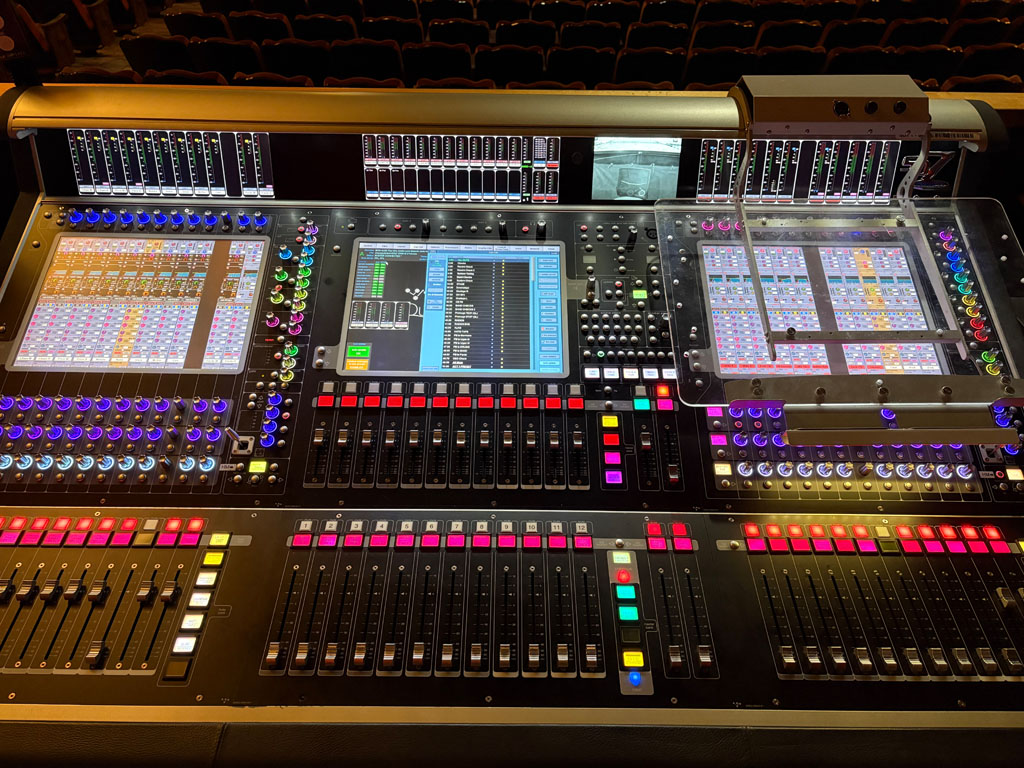
It’s these creative imperatives that have driven David to recommend and use Meyer Sound.
“I think different loudspeaker systems can bring different things to the show,” posits David, “but for me, musical theatre is about the storytelling, it’s about hearing the story. With Meyer Sound, it’s all about the clarity. We get so much good feedback from all the Meyer Sound shows we do; the vocal clarity is the one thing everyone comments on. The top end from the Meyer Sound loudspeakers is so fast and immediate that it’s always super clear.”
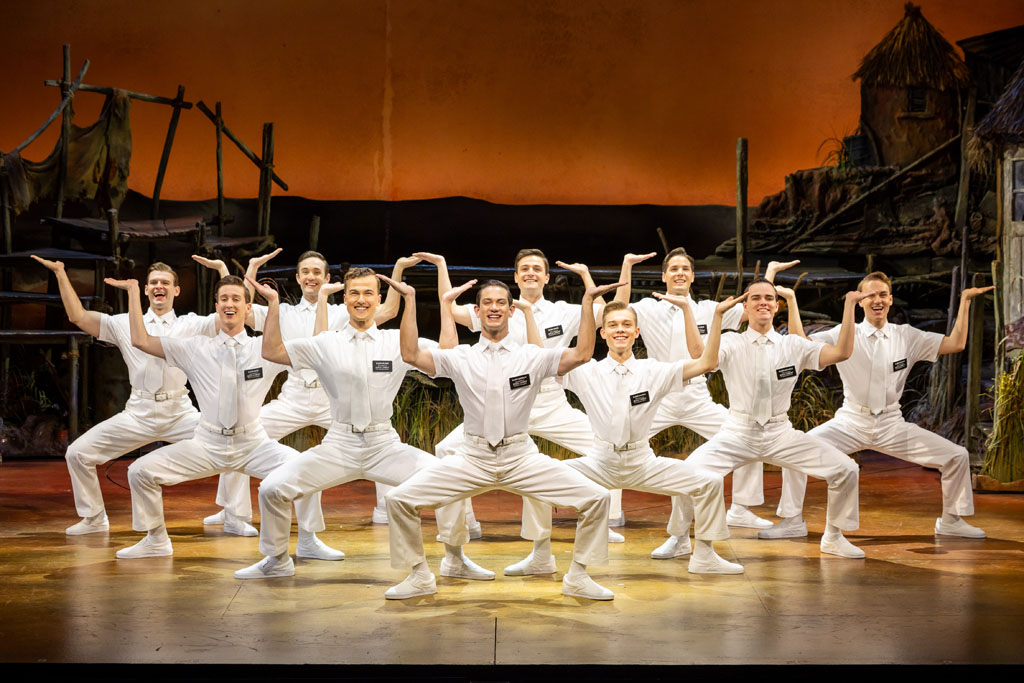
Main Pic Photo Credit: Daniel Boud
Subscribe
Published monthly since 1991, our famous AV industry magazine is free for download or pay for print. Subscribers also receive CX News, our free weekly email with the latest industry news and jobs.



